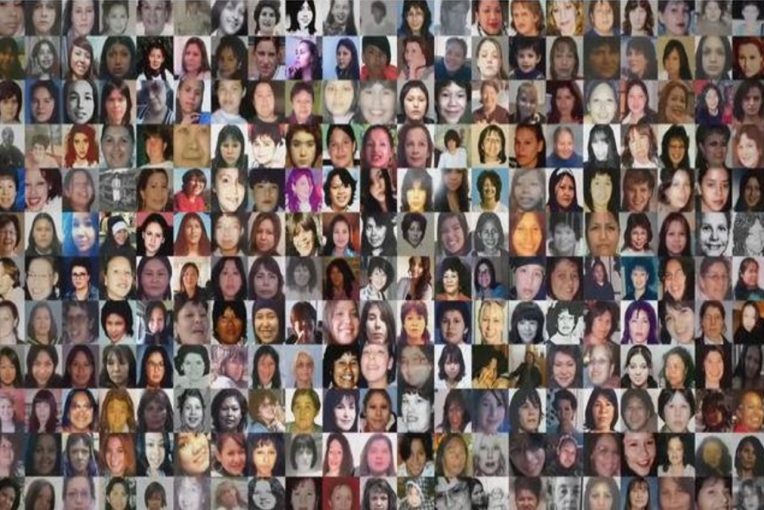Did you know that in Chicago roughly half of missing white cases were solved while less than a quarter of missing African American cases were solved in the same time frame? Although this data is for Chicago specifically, this is a common trend in the U.S. Most states have similar data. There is less representation in the media, fewer people are looking for these victims, and their lives are given less importance than white victims.
When you follow media and news, do you hear about missing white victims more? Or do you hear about minoritized missing victims? The answer is probably “missing white victims.” The reason for this is the Missing White Woman Syndrome, a term coined by the late Gwen Ifill to describe the media and public interest and persistence in finding missing white women while ignoring other cases that involve minoritized people.
Zack Sommers, a sociologist at Northwestern University, conducted a study in which the data showed white women are portrayed in news more than anyone else. Even though white women are only one-third of the population, “Half of the articles in the data set are just about white females alone,” Sommers said. This means the remaining articles included white men, minoritized men, and minoritized women who make up the majority of the population.
It’s not just men and women, but minoritized boys and girls are missing at higher rates. According to the National Crime Information Center database, 37 percent of the cases are from the African American population even though they only account for 14 percent of the U.S. population. This data is very similar compared to the adults. These minoritized children receive fewer media coverage than white children. In Wyoming, 710 indigenous people, mostly girls, went missing within the past 10 years, and none of these cases received national media coverage. Most of the cases we hear about are white missing victims.
Some steps you can take:
- Pay attention to what stories are presented in the media, and question why some voices are left out. Once you realize the problem, you can act and help. Reach out to the media, and ask about those other voices.
- Fight for those voices that are being silenced, and spread the word. Share their names. Share their stories on social media, and talk about them with others. Retweet, like, share, and comment. Make the missing minoritized victims known.
- Guide people to resources that will help them. Many minoritized people don’t know what to do or don’t have the resources to act. They may not have financial resources or know how to file a missing report.
- The Black and Missing Foundation helps families through the missing person process by helping with the application, by spreading the word, and with anything that the family may need.
- The Jason Project also helps families through the process. The group provides more resources and support.
- The National Organization of Parents of Murdered Children provides emotional support, awareness, and financial support.
- Set up a Go Fund Me to help with the cost of an investigator and the missing person process.
There are many other foundations that can help families with just being aware, which could have a big impact on finding victims.

